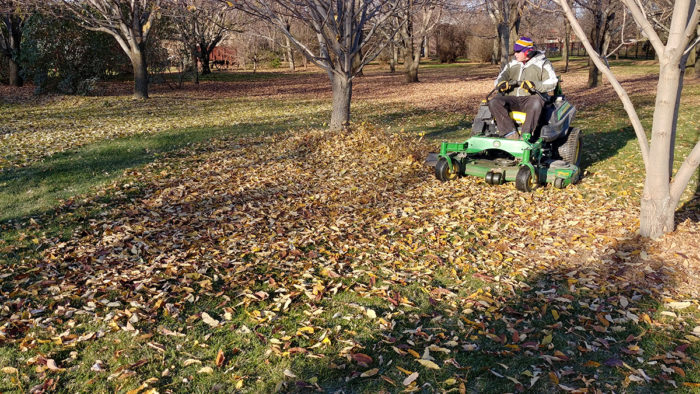
Mulch in place. Keeping up with the raking and blowing of leaves in the fall can be a never-ending task, especially when every breeze in our windy region brings in a fresh batch, so consider mulching them instead. Mulching leaves in place not only reduces the volume of leaves and helps prevent the clogging of drains and potential flooding, but it also feeds the soil as leaves decompose. And it’s much easier on the back and neck. If your mower does not have a mulch setting, find out if it has a mulching kit available for purchase to easily shred those leaves.
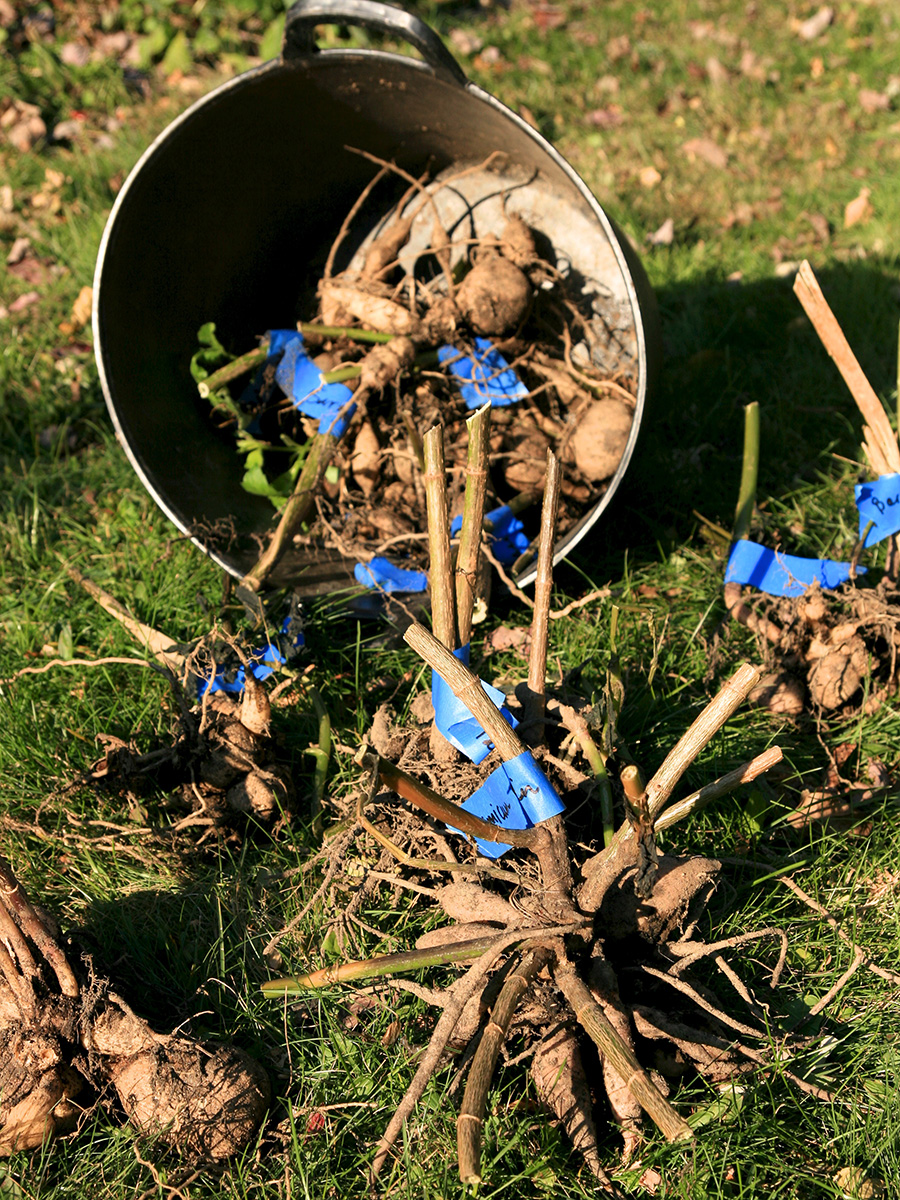
Dig up your tender tubers, rhizomes, corms, and bulbs. Cannas (Canna spp. and cvs., Zones 7–10), dahlias (Dahlia spp. and cvs., Zones 7–10), tuberous begonias (Begonia spp. and cvs., Zones 9–11), gladiolus (Gladiolus spp. and cvs., Zones 7–10), freesia (Freesia spp. and cvs., Zones 9–10), and other spring-planted bulbs can be dug when the first frost nips their foliage. Allow the plants to dry under cover in an airy, frost-free place before storage. For more on overwintering tender plants, read on here.
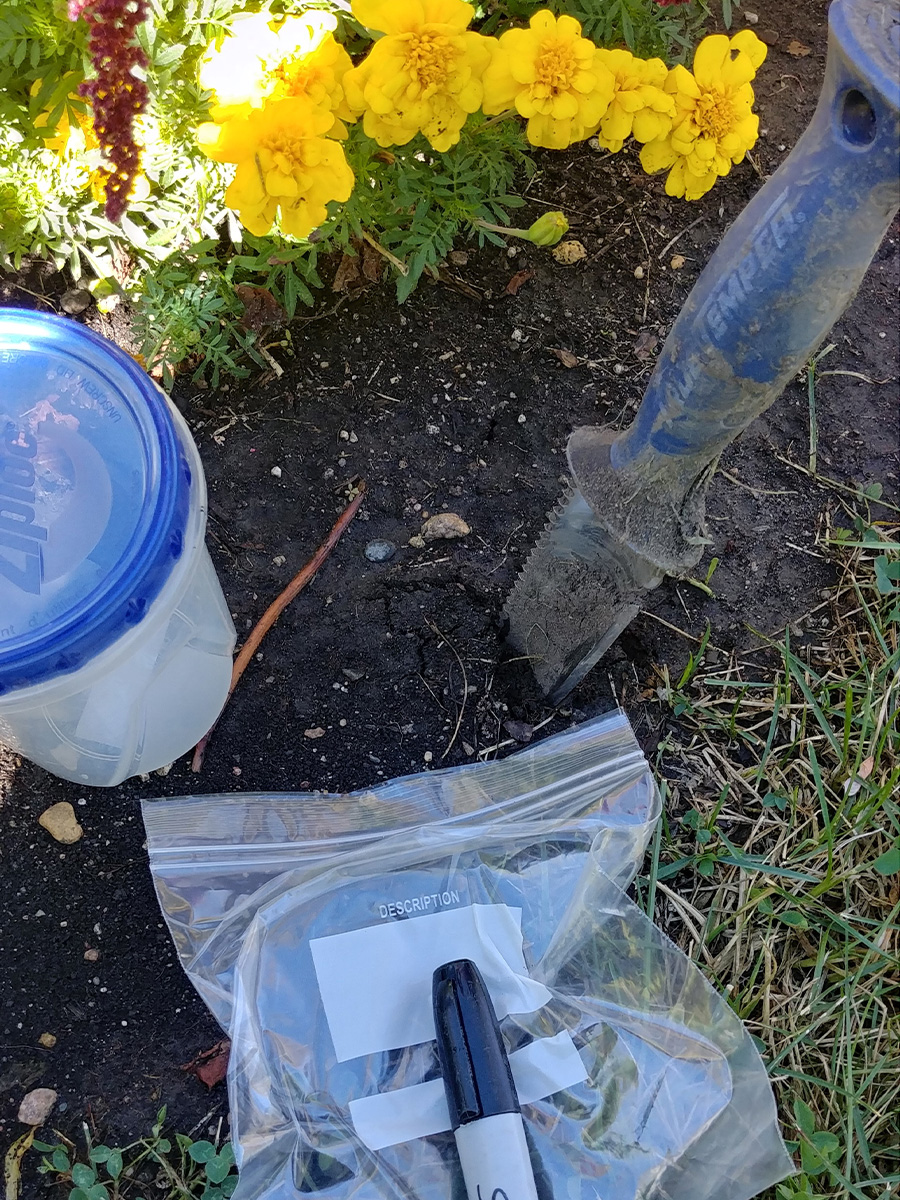
Get your soil tested. Soil samples can be taken any time of year, but fall is preferable, as the soil is usually drier and testing sites are less busy. Many companies or gardening centers offer soil-testing kits, but you can usually obtain a soil test at a low cost, or even for free, through your local county extension office. Avoid taking samples when the soil is wet or recently fertilized, as this will make testing less accurate. To obtain a sample, use a small trowel to take thin slices of soil amounting to around 1 cup per site from different areas of the garden, and allow this combined sample to air dry at room temperature before placing into a Ziploc bag or clean plastic container. Label the samples with the location and date for testing so that when you get the results, you can make appropriate adjustments to your soil for optimum growing conditions.
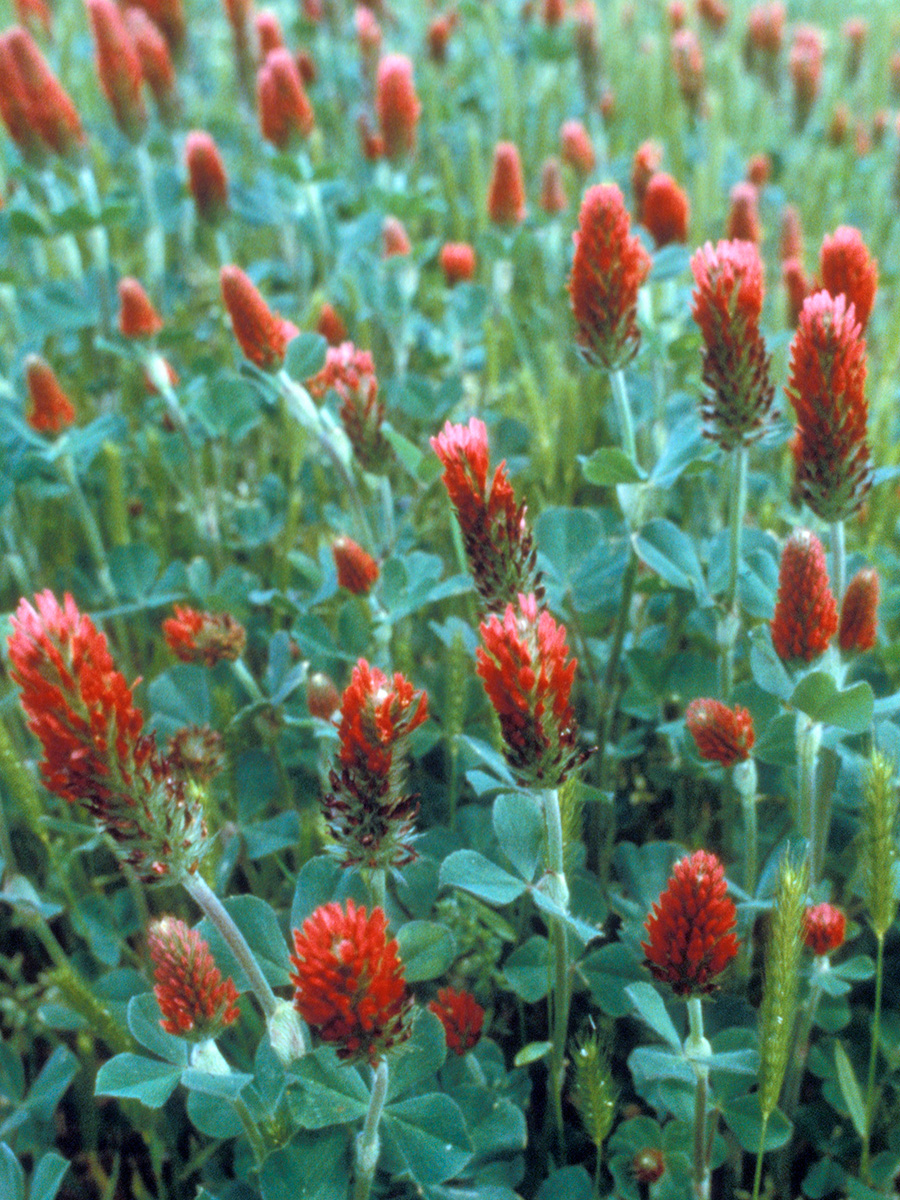
Consider a cover crop in your vegetable garden. With the end of another growing season behind us, we can prepare now for another successful year by utilizing a cover crop in our vegetable gardens. Cover crops can be used rotationally or continually to increase soil organic matter levels, provide nitrogen for future food crops, improve nutrient retention, suppress weeds, and attract beneficial insects. Depending on what your needs are, there is a wide variety of types and blends of cover crops to boost your beds’ production power.
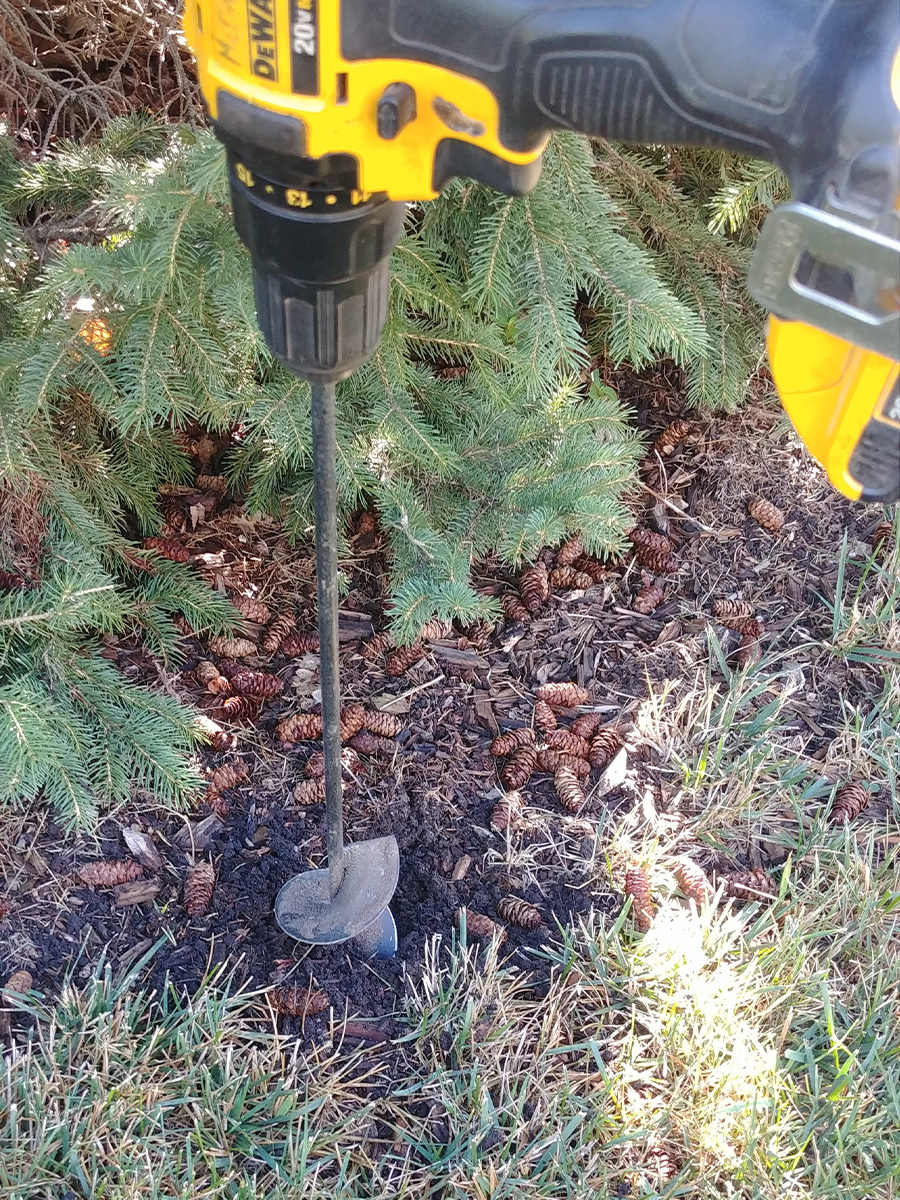
Finish planting spring-flowering bulbs. October is the best time to plant your tulips and any other last-minute spring-flowering bulbs you may still have for a flush of spring color. The cooler temperatures promote root set and the continuation of dormancy. For best show of color from tulips in the spring, plant five bulbs per square foot at a depth of 6 inches. There are several planting methods you can use depending on your soil conditions and quantity of bulbs, but a 2.75-inch diameter auger bit attached to a cordless drill can make quick work of any job.
—Chris Schlenker is the head gardener of McCrory Gardens at South Dakota State University in Brookings, South Dakota.
Fine Gardening Recommended Products
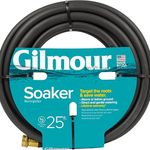
Gilmour 5/8" x 25' Round Weeper Soaker Hose
Fine Gardening receives a commission for items purchased through links on this site, including Amazon Associates and other affiliate advertising programs.

Nesco Snackmaster Express Food Dehydrator
Fine Gardening receives a commission for items purchased through links on this site, including Amazon Associates and other affiliate advertising programs.

A.M. Leonard Deluxe Soil Knife & Leather Sheath Combo
Fine Gardening receives a commission for items purchased through links on this site, including Amazon Associates and other affiliate advertising programs.



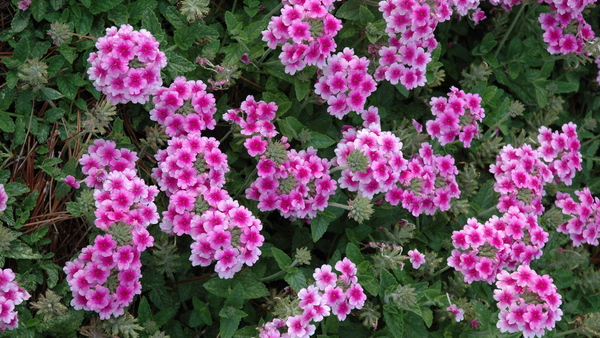















Comments
Log in or create an account to post a comment.
Sign up Log in